Are there neoplasms on your skin? Doctors diagnose papilloma? What is it and how to get rid of this disease? Don't be afraid to go to the doctor. Treatment depends on the nature and type of the virus. This can be the use of medications and surgery or papilloma removal. Modern medicine is able to eliminate any type of neoplasm and help prevent the disease from recurring in the future.
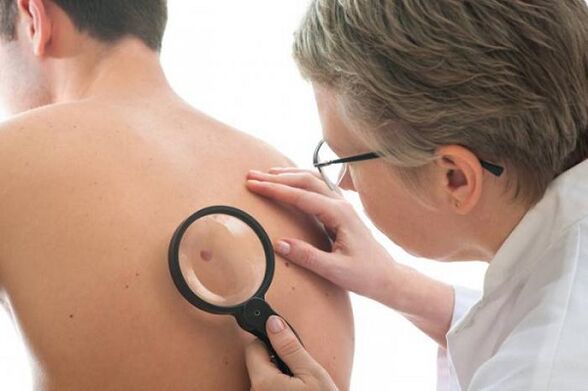
Causes of papilloma
Have you ever heard of a papilloma diagnosis? What is it and why do you have problems? Microtrauma, contact, sexual intercourse and even childbirth - all of these can be factors of infection of the virus genus papillomavirus. The incubation period, during which the disease will not manifest itself, can be a month or six months. The virus causes the formation of benign tumors that look like warts.
Almost everyone knows what a papilloma is like, because the disease is one of the most common skin problems faced by adults and children. Over time, growth can increase both in size and volume. However, coincidentally the papilloma remains almost invisible, flat and in small numbers.
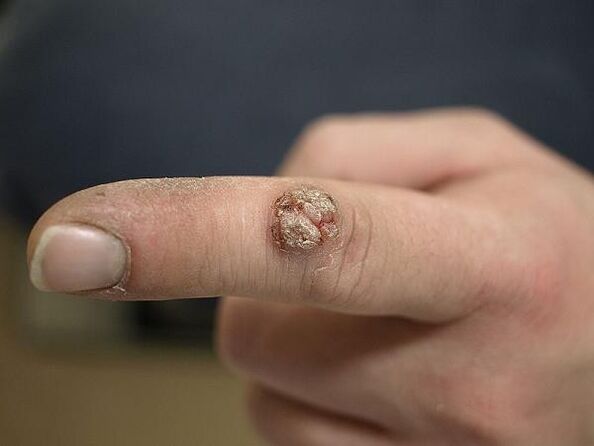
The cause of this neoplasm has always been the human papillomavirus. He is the one who causes changes in tissue growth, affects the mucous membranes, causes discomfort in daily life. Doctors share more than a hundred types of viruses, which can only be determined by a specialist.
Risk zone
Human papillomavirus, which causes the appearance of neoplasms, most often attacks people with weakened immunity. Often these are children and adolescents whose immune systems are weakened during active growth. Smoking, alcohol abuse, free sex - all these bad habits can also be a factor in the development of this disease. Since the virus is easily spread from person to person, people who regularly use other people’s towels or shoes, do not follow hygiene rules are also at risk. Women who have been taking birth control pills for a long time are also at risk of getting papillomas of various etiologies on their bodies or mucous membranes.
Diagnosis of the disease
The papillomavirus may not have made itself famous in a long time, the neoplasm does not arise, and the question of whether to remove the papilloma is not posed to a person. In this case, the disease may endanger health. For example, in women, it can affect the genitals, including cervical cancer. That is why to find out if there is a virus in the body, it is necessary to do regular DNA tests, which determine exactly what problems are in the body.
Types of papillomavirus
Modern medicine distinguishes more than one hundred types of papillomavirus, which are further divided into several groups: non -oncogenic, viruses with low oncogenicity and types with high oncogenicity. The papilloma virus, whose symptoms are often hidden from view, belongs to the latter group, can cause cancer of the rectum and genitals in men, and even cause cervical cancer in women. The main role here is played by timely diagnostics, which allows you to identify the virus in a timely manner and minimize the unusual health consequences by prescribing effective medications for papillomas in a timely manner.
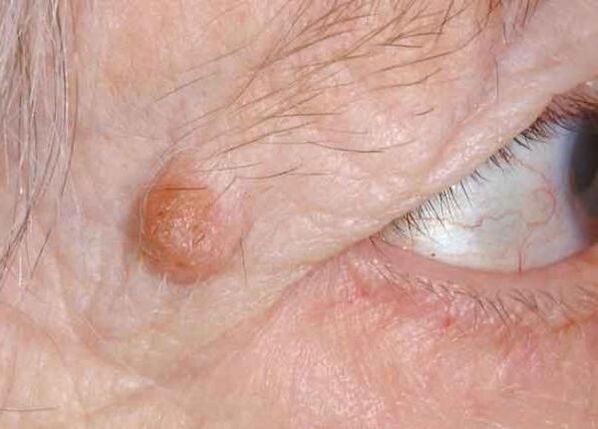
Papilloma virus
Most often, viral papillomas occur on the hands and other parts of the face and body. What is it and what causes neoplasms to endanger health? It looks like a papilloma, often called vulgar, like a wart on the leg. Sometimes the base of the benign formation is quite wide, the surface is uneven, externally resembling cauliflower. Papillomas keratinize, merging with each other, forming a relatively extensive affected surface.
Viral cutaneous papillomas most commonly occur on the arms, armpits, eyelids, under the breasts, and in the neck. The main feature of such neoplasms is that they can periodically disappear and reappear in the same place. Treatment is prescribed by a dermatologist. This can be papilloma removal with nitrogen or drug treatment.
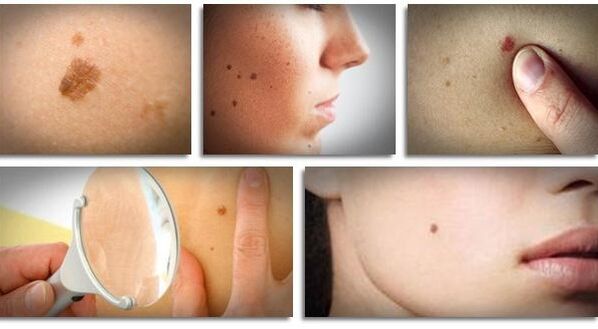
Genital warts
This type of papilloma is localized in areas that are usually injured during sexual intercourse. These are the anus, groin area, buttocks. In shape, the condyloma resembles a hollow nest on the foot. The localization feature makes the neoplasm susceptible. They are often injured and bleed and emit foul -smelling fluid.
Genital warts cause pain and discomfort during sexual intercourse and can interfere with a normal birth. In some cases, giant warts cause discomfort when moving, limit a person’s normal movement, and the question of whether to remove a papilloma becomes assertive.
Flat warts
Regular checkups by a gynecologist will help identify flat warts - a type of papilloma, which is the leading cause of cervical cancer. Neoplasms at an early stage can be diagnosed with biopsy and colposcopy, as it is almost impossible to detect the disease visually.
This type of papilloma also occurs in children. Traditionally, the disease is accompanied by redness, itching and pain on the affected skin. The fine flat bumps merge with the skin in color, and can be polygonal or round in shape.
Papilloma filiform
What papillomas are like, called filaments, are known to 50% of the population over the age of 50. Formations appear in the groin, armpits, eyelids and neck. Small elongated yellowish lumps grow rather quickly, reach a size of about 5 mm, are injured and inflamed. By itself, filamentous neoplasms do not disappear. Medical intervention is required, for example, removal of the papilloma with nitrogen.

Methods of treatment
- Eradication of neoplasms with chemical agents. While using this method, the papilloma dies, a crust forms in its place, which is replaced by smooth and healthy skin within a week. To prevent the development of abnormal skin cells after removal, a qualified physician should perform the procedure, which will accurately determine the nature of the problem and conclude that the technique is appropriate.
- The surgical technique, which involves cutting the neoplasm with a scalpel, is performed under local anesthesia and requires the use of further pressure bandages at the wound site.
- The safest and most modern remedy for papilloma is laser removal. This method is used on neoplasms of any size and at any depth, does not require long -term rehabilitation.
- Cryodestruction (freezing) has also proven itself well. Papilloma removal with nitrogen is a painless and easily performed procedure on neoplasms with relatively superficial formations. They prefer to remove the inner papilloma by other methods, because during cryodestruction it is difficult to control the tissue at depth, which can lead to incomplete removal of the papilloma or the occurrence of burns.
- Electrocoagulation, based on the effect on papillomas with high -frequency currents, allows you to remove neoplasms deep enough. During the procedure, protein tissue clotting occurs, infection and bleeding are removed. Anesthesia is only used when removing large papillomas.
- High -precision papilloma removal occurs with radio wave therapy methods. This allows you to achieve near -perfect results, avoiding scars and burns. That is why this method is very popular when removing papillomas located on the face and other open areas of the body. You will forget like a papilloma.
- In the event of a relapse, the above method requires complex antiviral treatment to prevent recurrence of the disease.
- Traditional methods of treating papillomas, such as celandine or apple juice, recommended by our grandmothers to remove neoplasms, can only be of help.
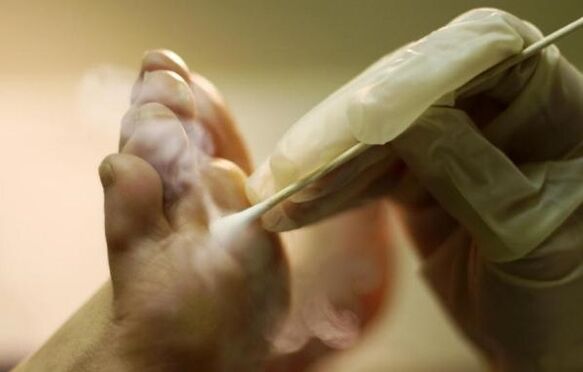
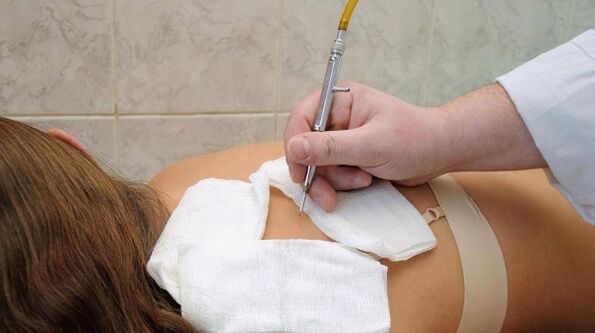
Preventive measures
Do you have problems like papilloma on the body? What is it and what is the reason for it, you know for sure? Need to protect yourself with the help of existing preventive measures. This is the rejection of bad habits, adherence to basic hygiene rules, proper nutrition, which allows you to maintain a high level of immunity, the absence of frequent stress, regular medical examinations.























